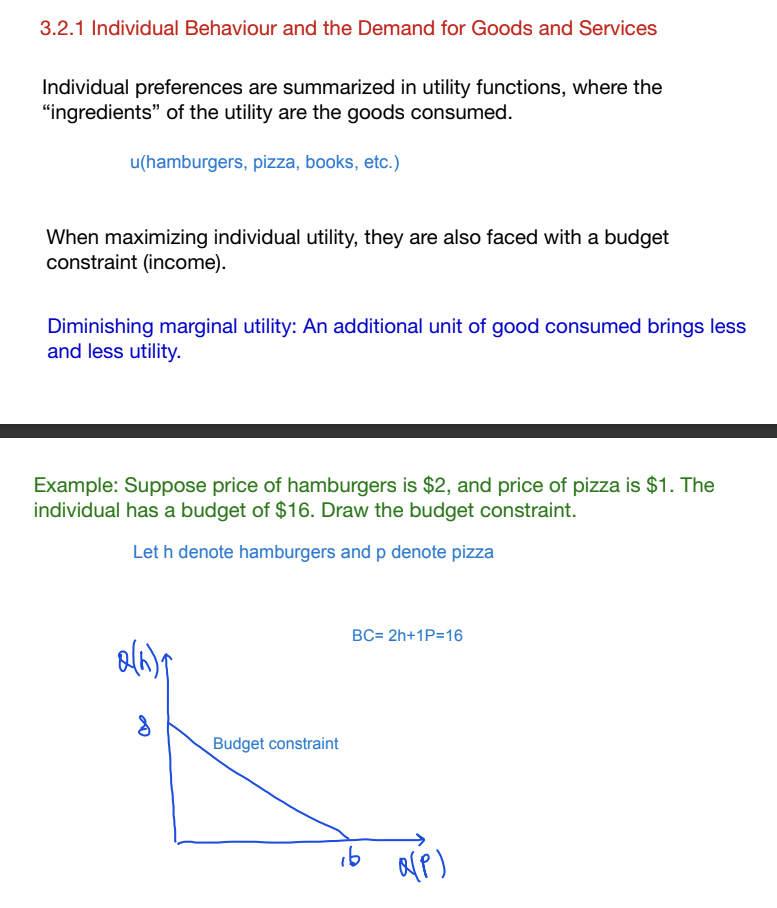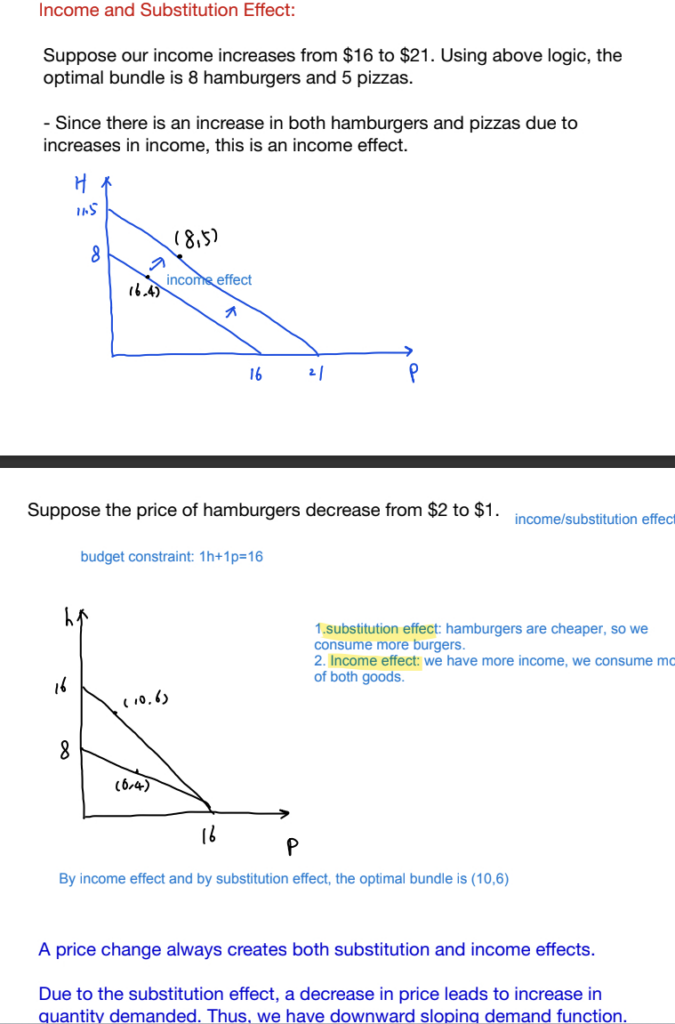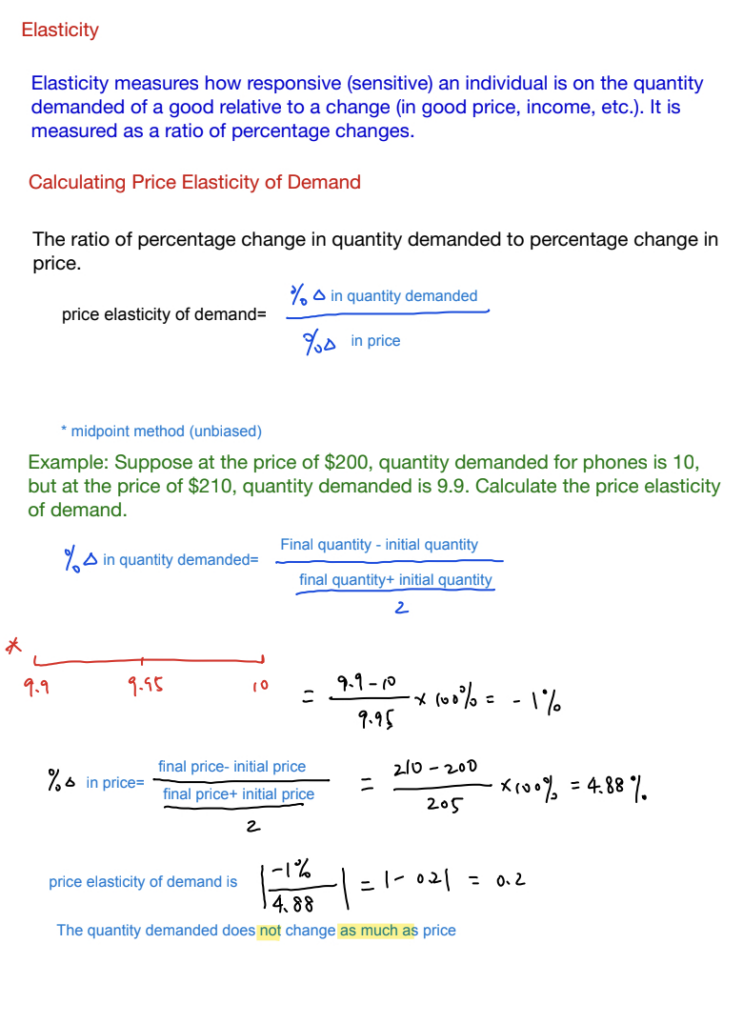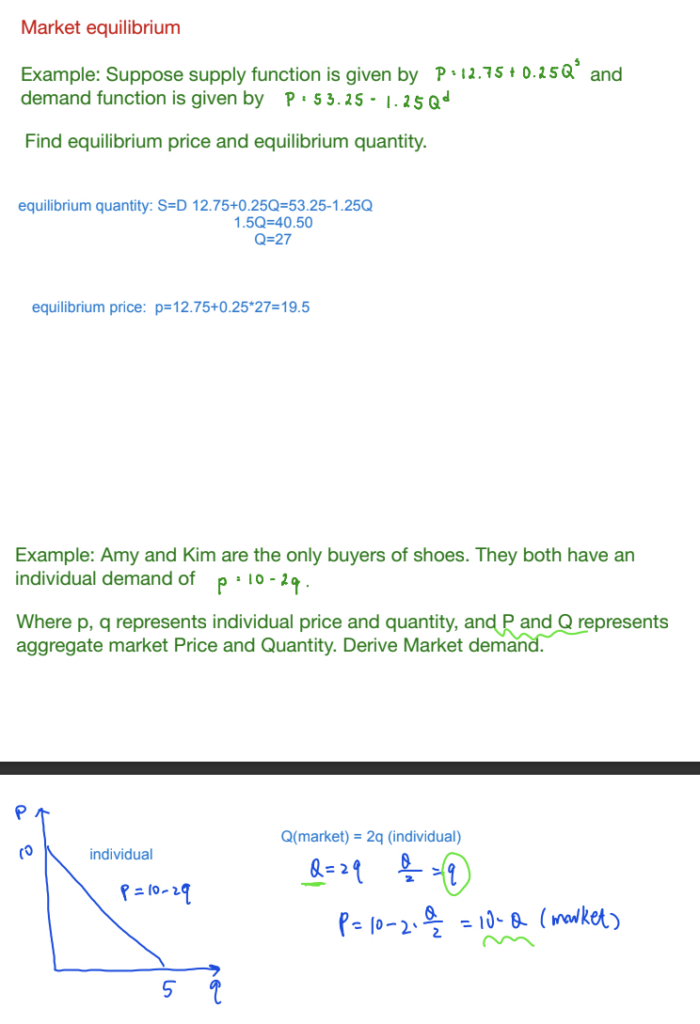Subtopics:
- Individual behavior and the demand for goods and services
- Income and substitution effects
- Elasticity
- Market Equilibrium




Learning Outcomes:

By the end of this chapter, you should be able to:
- Understanding consumer demand for goods and services and individual behaviour. Become thoroughly knowledgeable about the judgements and choices people make when using goods and services. Examine the variables that affect a person’s demand, such as their tastes, income, the cost of items, and other socioeconomic aspects. Examine the idea of utility and how it influences people’s behaviour.
- Examining the effects of income and substitution. Understand the ideas of income and substitution effects and how they affect consumer decisions. Examine the impact of changes in income and product pricing on consumer demand and substitution patterns.
- Learn about elasticity, an economics term for reactivity. Recognise the various types of elasticity, such as cross-price elasticity of demand, income elasticity of demand, and price elasticity of demand. Analyse the elasticity of customer demand by using concepts from related items, income, and price fluctuations.
- Gain knowledge of market equilibrium and how it affects prices and supply in markets that are highly competitive. Consider how the forces of supply and demand interact to create equilibrium. Investigate how changes in supply and demand may affect the market’s equilibrium.